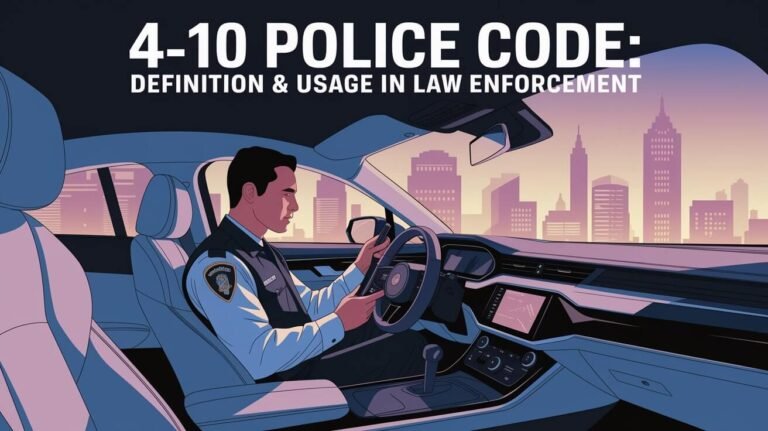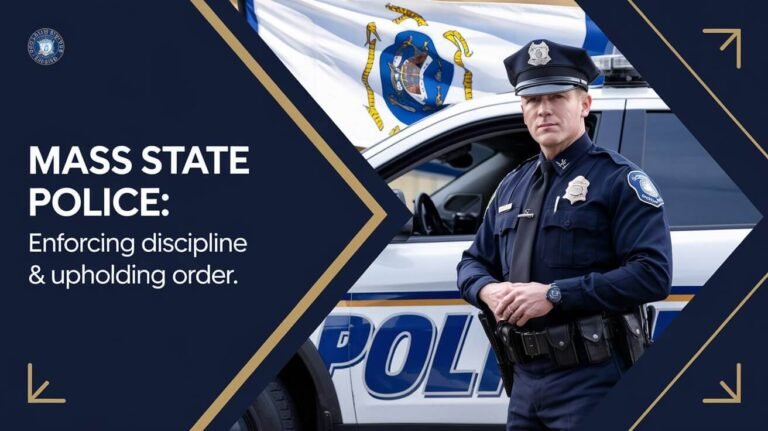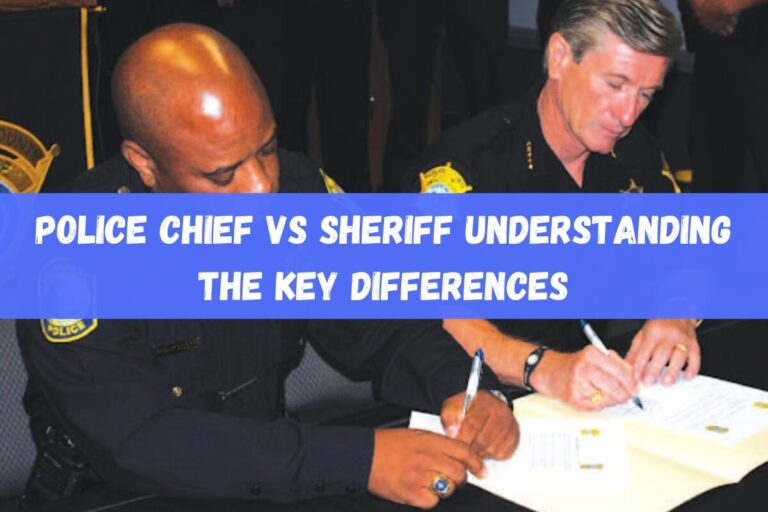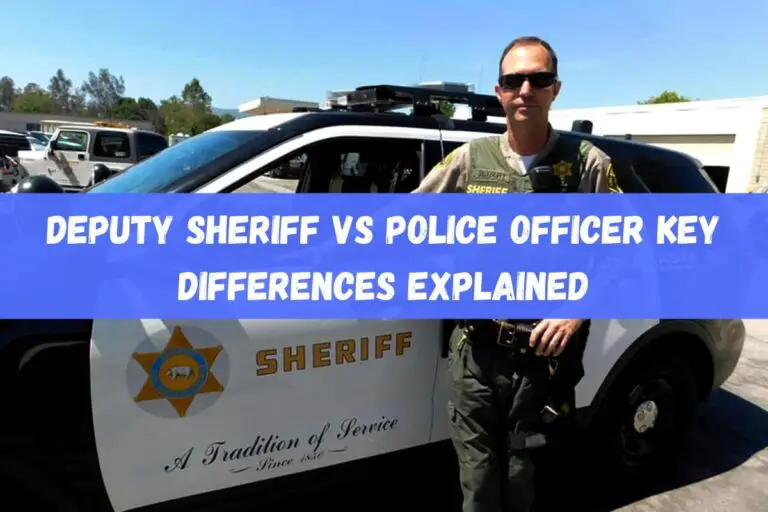Police Frequencies Jeff Davis County: Scanner Radio Info
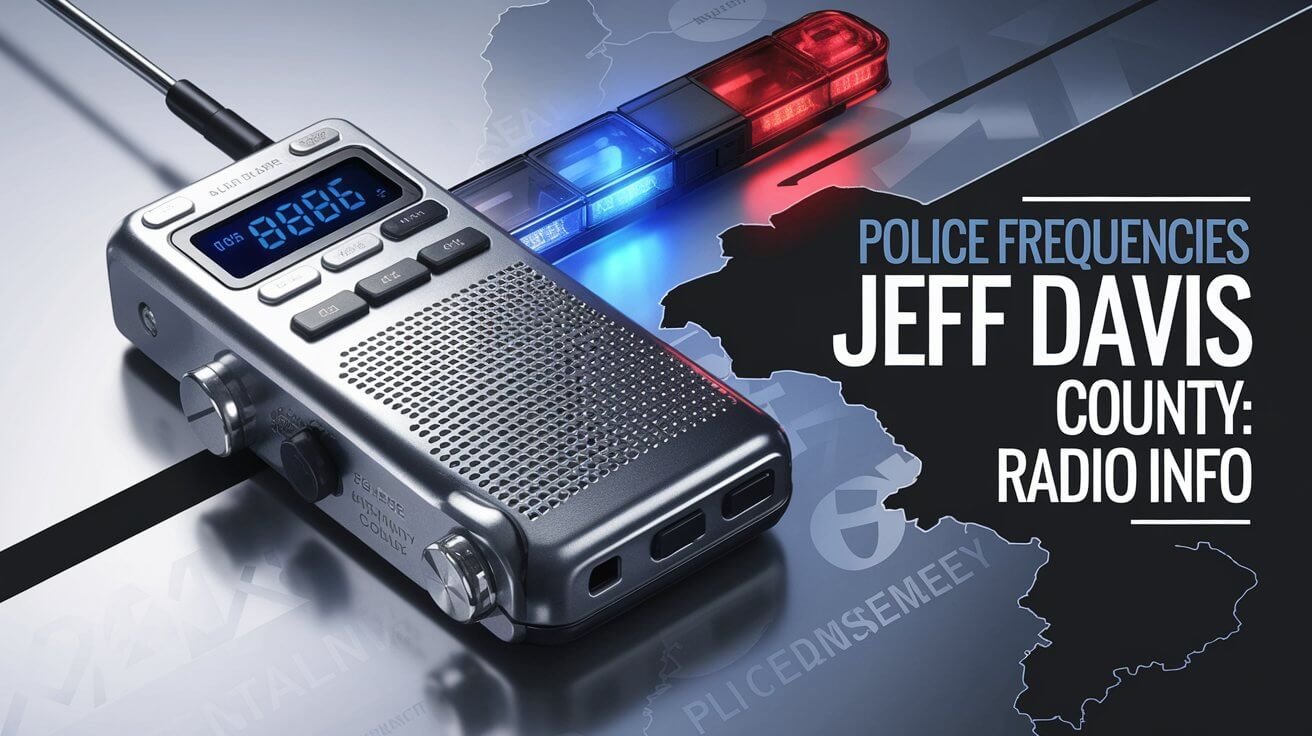
Knowing the police scanner frequencies in Jeff Davis County, Georgia, helps you stay updated on local law enforcement. There are 68 radio frequencies authorized for use. This guide will help you understand the police frequencies for law enforcement, fire, EMS, and public works.
In Jeff Davis County, different groups use various frequencies. Government entities use 5 frequencies for police communications. Jeff Davis County Schools use 12 frequencies, and Mobile Communications America, Inc. uses 3 frequencies. The power of transmitters ranges from 4 to 110 watts, with 5 watts being the most common. Knowing these frequencies is key for staying informed about local events.
Radio Scanner Equipment for Jeff Davis County
Monitoring police frequencies in Jeff Davis County requires the right radio scanner equipment. Digital police scanners are popular for their advanced features. Portable scanners are great for on-the-go use, while base station scanners offer better reception for stationary use.
When picking a digital police scanner, consider the frequency range and memory capacity. The scanner should cover frequencies used by law enforcement in Jeff Davis County, like 155.955 MHz. It should also have enough memory for multiple frequencies and be easy to use, even for beginners.
Digital Scanner Requirements
Digital police scanners need a few key features to work well. These include:
- Frequency range: The scanner must receive frequencies used by law enforcement in Jeff Davis County.
- Memory capacity: It should have enough memory for storing multiple frequencies.
- Ease of use: The scanner should be simple to use, even for those new to radio scanning.
Portable vs Base Station Options
Portable scanners, like the Uniden Bearcat, are perfect for on-the-go use. Base station scanners, such as the Whistler WS1040, offer more power and better reception for stationary use. The choice depends on your specific needs and preferences.
| Scanner Type | Frequency Range | Memory Capacity | Ease of Use |
|---|---|---|---|
| Portable Scanner | 25-1300 MHz | 1000 channels | Easy |
| Base Station Scanner | 25-1300 MHz | 2000 channels | Easy |
Choosing the right radio scanner equipment is key for monitoring police frequencies in Jeff Davis County. By looking at the important features and options, you can find a digital police scanner that fits your needs and preferences.
Live Monitoring Locations Within Jeff Davis County
To keep up with local law enforcement in Jeff Davis County, people can use a live police scanner. They can listen to frequencies from different places like police stations and dispatch centers. This way, they can know about emergency calls, police patrols, and other important communications.
There are a few ways to listen to police frequencies in Jeff Davis County. You can use a police scanner app or a physical scanner. These tools let you tune into specific frequencies. With affordable internet in Jeff Davis County, many can use online apps to monitor police activities.
When picking a place to listen, think about the signal strength and quality. Some spots in Jeff Davis County might have better reception because of dispatch centers. By choosing the right spot and using a live police scanner, people can stay connected with their local police.
- Police stations and dispatch centers can serve as primary monitoring locations
- Physical scanners and police scanner apps can be used for live monitoring
- Signal strength and reception quality should be considered when choosing a monitoring location
Using these tools and strategies, Jeff Davis County residents can keep track of police frequencies. This helps them stay informed about local law enforcement. It also makes the community safer and more connected.
Police Frequencies Jeff Davis County Channel List
The police channel list in Jeff Davis County covers emergency and patrol frequencies. It’s key for keeping up with public safety. The list includes services like law dispatch, emergency operations, and EMS dispatch.
Important frequencies include 155.775 MHz for JDC Sheriff dispatch and 159.165 MHz for JDC E911 emergency operations. Some frequencies, like JDC Sheriff’s, have expired. This means they need to be updated.
Emergency Response Channels
Emergency response channels are vital for quick help in emergencies. They include 159.165 MHz for JDC E911 and 159.4275 MHz for JDC Fire dispatch. The list also has EMS and hospital frequencies.
Patrol Unit Frequencies
Patrol unit frequencies help law enforcement talk to units and respond to emergencies. Hazlehurst Police dispatch uses 155.550 MHz, and Hazlehurst PD Tac uses 155.730 MHz. These ensure safety and quick response.
| Frequency | Service | Expiration Date |
|---|---|---|
| 155.775 MHz | JDC Sheriff dispatch | February 2022 |
| 159.165 MHz | JDC E911 emergency operations | – |
| 159.4275 MHz | JDC Fire dispatch | – |
| 155.550 MHz | Hazlehurst Police dispatch | – |
| 155.730 MHz | Hazlehurst PD Tac | – |
Knowing the police channel list helps keep you informed about safety. It’s a great resource for those interested in emergency and patrol frequencies.
Signal Coverage Maps
Knowing about signal coverage is key for good police frequency monitoring in Jeff Davis County. Signal coverage maps help find strong and weak signal areas. They are important for placing scanners or finding the best spot to listen to police frequencies.
Signal coverage maps show where police frequencies can be heard in Jeff Davis County. This info helps spot weak spots. To fix these, you can use external antennas or signal boosters.
When looking at signal coverage maps, keep these points in mind:
- Frequency range: Knowing the police frequency range in Jeff Davis County is vital for monitoring.
- Signal strength: Finding strong and weak signal areas helps place scanners better.
- Geographical features: Terrain, buildings, and other features affect signal coverage. It’s important to think about these when looking at maps.
Using signal coverage maps with police frequency maps gives a full view of police communication in Jeff Davis County. This helps make smart choices about where to place scanners. It also improves your ability to keep up with police activities in the area.
Scanner Programming Steps
Programming a scanner for police frequencies in Jeff Davis County needs focus. You must know how to program manually or through software. Manual programming means typing in frequencies yourself. Software setup uses computer programs to upload frequencies.
Updating the frequency database is key. It keeps your scanner current with police frequency changes. This is vital for clear reception and staying informed. Software updates make this easy and quick.
Manual Programming Instructions
Manual programming lets you control the scanner settings. It’s detailed but gives you direct control. Here’s how to do it:
- Enter the frequency into the scanner
- Set the mode (e.g., FM, AM, or NFM)
- Set the tone or PL (if required)
Software-Based Setup Methods
Software setup is faster and easier. It uploads frequencies and settings to your scanner. This includes using computer programs or cloud services for updates.
| Method | Description |
|---|---|
| Manual Programming | Entering frequencies directly into the scanner |
| Software Setup | Using a computer program to upload frequencies and settings |
| Cloud-Based Service | Using a cloud-based service to manage scanner settings and updates |
Following these steps and using the right software, programming your scanner is easy. Regular updates and understanding programming are key. They ensure you get the best reception and stay informed about police frequencies in Jeff Davis County.
Reception Enhancement Methods
To get clear and consistent police frequency monitoring, you need good reception. The best way is to place your antenna right. This means putting it where it gets the least interference. Also, using signal boosters can make weak signals stronger and more reliable.
Here are some tips for better reception:
- Check your current setup for any problems
- Make changes to get a stronger signal and better quality
- Try to cut down on interference from other devices
Using these tips and the right tools, like signal boosters and well-placed antennas, you can improve your reception. This is key in places like California, where emergency calls are common. There, crowded emergency radio frequencies can be a big challenge.
| Reception Enhancement Method | Description |
|---|---|
| Antenna Placement | Positioning the antenna in a location with minimal interference to improve signal strength and quality |
| Signal Boosters | Using devices to amplify weak signals and ensure a stronger and more reliable connection |
Legal Guidelines for Scanner Use
It’s important to know the laws about using police scanners in Texas. The state has rules, called Texas scanner regulations, that say what you can and can’t do. These rules help keep a balance between letting people know what’s happening and protecting privacy and safety.
There are also federal laws that affect scanner use. These laws make sure scanners don’t mess with emergency calls or national security. Knowing both Texas’s rules and federal laws is key to using a scanner the right way.
Key Considerations
- Following scanner laws and regulations is a must to avoid fines or penalties.
- Some agencies might use encrypted messages, making it harder for the public to listen in.
- Federal laws might limit the use of certain frequencies or types of scanners.
Understanding and sticking to these guidelines, people can use police scanners legally and responsibly. This way, they can stay informed about safety issues while also respecting privacy and security.
Common Signal Codes and Terms
In Jeff Davis County, police use special codes and terms to talk during emergencies. Knowing these can help people understand what’s happening with local police. For example, “10-4” means “message received,” and “10-20” is a location.
These codes help police share important info fast and right. In Jeff Davis County, they’re part of daily police talks. This makes it easier for people to know what’s going on. Terms like “dispatch” mean sending a unit to a place, and “unit” means a police car or officer.
- 10-4: Message received
- 10-20: Location
- Dispatch: The act of sending a unit to a location
- Unit: A police vehicle or officer
Learning about police codes and terms helps people understand police talks in Jeff Davis County. It’s good for staying updated on local police news. It’s also useful for those thinking about a career in law enforcement.
Conclusion
Learning about police frequencies in Jeff Davis County is very useful. You’ve learned how to pick the right scanner equipment. You also know how to listen to key locations and understand signal codes.
This guide has given you a full view of police communications. Always keep up with legal guidelines. Also, work on improving your reception to enjoy your scanner more.
If you’re into this hobby or just starting, Jeff Davis County’s police frequencies are full of interesting info. Keep looking, stay updated, and use the tips from this guide. With dedication, you’ll soon be a pro at monitoring police frequencies.

